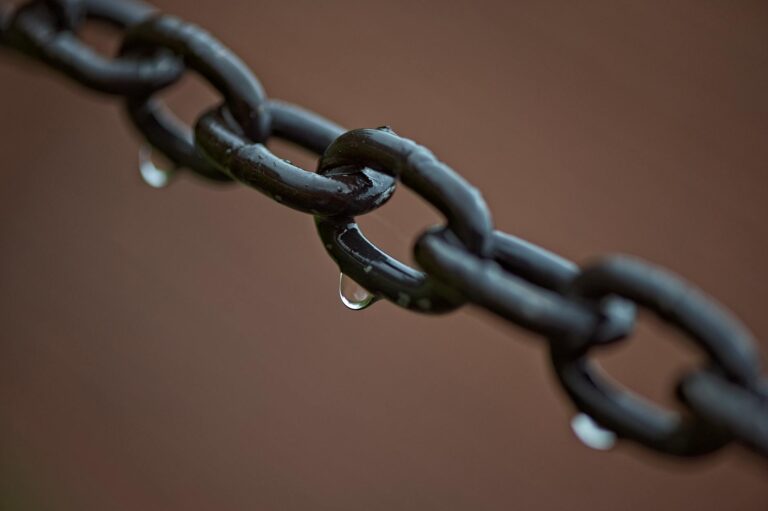Six Miles of Chaos: How One Tiny Waterway Could Wreck the Global Economy
You know that feeling when you’re stuck in Mumbai traffic—one broken-down truck and suddenly everything grinds to a halt? Now imagine that, but with oil tankers. And instead of being late for dinner, the entire global economy gets screwed. That’s basically the Strait of Hormuz for you—a six-mile stretch of water that’s basically holding the world hostage.
Here’s the crazy part: nearly 20% of the planet’s oil supply squeezes through this bottleneck every single day. One accident, one political tantrum, and boom—gas prices go nuts, your new iPhone gets delayed, and good luck finding that imported pasta you like. It’s wild when you think about it.
Why This Tiny Strip of Water Matters So Damn Much
Geography Lesson (The Short Version)
Picture this: Iran on one side, Oman on the other, and just enough room for ships to play the world’s most stressful game of Tetris. At its tightest spot? Barely two miles wide. And through this glorified puddle flows 20 million barrels of oil daily—that’s like 21% of the whole world’s oil thirst. Throw in some natural gas and container ships, and suddenly you’ve got a third of all ocean-traded oil riding on this one dicey shortcut.
The Ultimate Chokepoint
Here’s the thing—unlike Suez or Panama, there’s no Plan B here. Ships have to line up single-file like kids at a school lunch counter. And back in 2019, Iran decided to remind everyone how fragile this setup is by grabbing a British tanker. “It’s not a shipping lane, it’s a powder keg,” my friend Rajesh (who works in logistics) puts it. And he’s not wrong.
Everything That Could Go Wrong (Spoiler: A Lot)
Political Drama
Iran keeps threatening to shut the whole thing down whenever they get mad at the US. Remember when those Saudi oil facilities got drone-struck in 2019? Gas prices spiked overnight. Now imagine that, but ten times worse. Oh, and China’s been cozying up to regional ports—because what this situation needed was more superpowers playing chicken.
When Nature Attacks
Climate change isn’t helping either. Rising seas are messing with navigation channels, and extreme weather means more accidents waiting to happen. Back in 2018, two tankers had a fender bender and spilled enough oil to make the Arabian Gulf look like a bad latte. That was just a preview.
Who Gets Screwed If Things Go South
Big Players First
Shipping companies? They’d have to reroute around Africa—adding two weeks and a cool million bucks per trip. Tech companies using Gulf-made parts (looking at you, Apple and Samsung) would see production lines grind to a halt. Again.
And Then There’s Us
Gas prices could jump 50 cents overnight. But the real nightmare? If this drags on, we might be looking at 1970s-style stagflation—where everything gets more expensive while jobs disappear. Fun times ahead.
Is There Any Way Out of This Mess?
Band-Aid Solutions
The US Navy plays traffic cop, but let’s be real—that’s like using a Band-Aid on a bullet wound. Some countries are getting creative though—Saudi Arabia built an overland pipeline, and India’s betting big on Iran’s Chabahar port as an alternative route.
Long Game
The UAE’s talking about some hyperloop “Silk Road 2.0” thing that sounds straight out of sci-fi. But until that materializes, we’re all just crossing our fingers. As one energy expert put it: “There’s no backup plan for Hormuz—just hope and prayers.”
The Bottom Line
Here’s the kicker—our entire just-in-time global economy is balanced on this one fragile shipping lane. It’s like we built a house of cards on a trampoline. Companies scrambling for alternatives aren’t being paranoid—they’re finally waking up to reality. Or as this oil exec told me last week: “We made the world’s economy dependent on a bottleneck you could drive across in 10 minutes.” Madness.
Want to Dig Deeper?
— Written while drinking terrible office coffee and wondering why we built the world this way
Source: Dow Jones – World News












